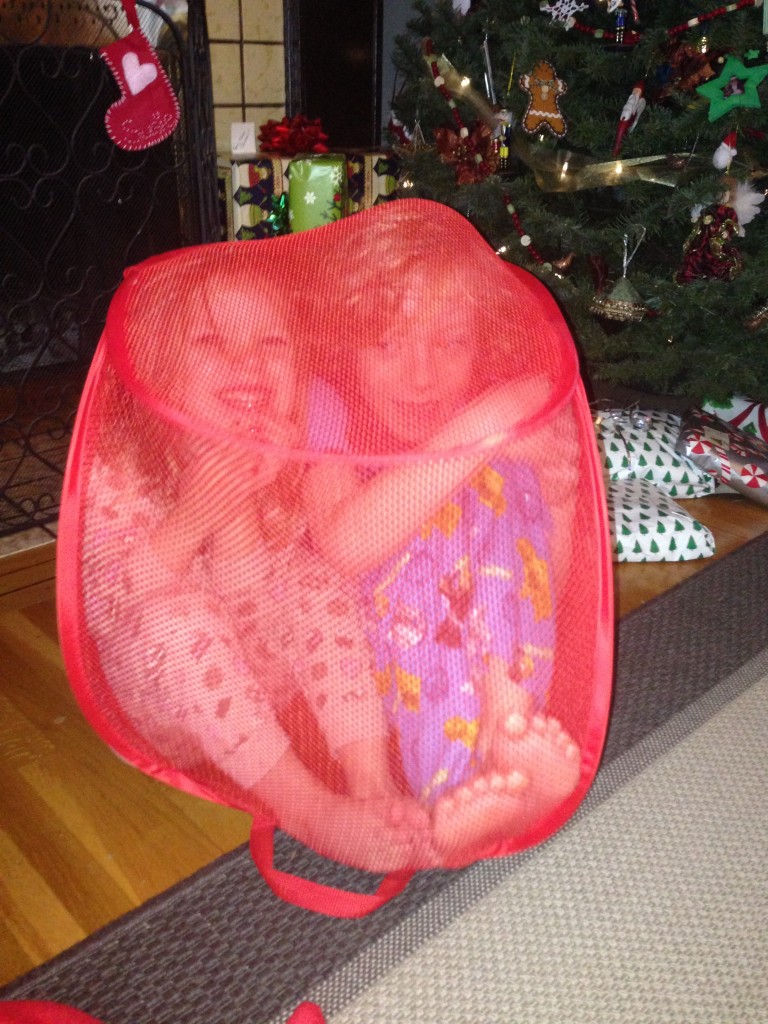Kids these days seem so much busier than when I was a child. Many kids seem to have some activity or another happening almost every day after school. While I don’t dispute the good that can come of team sports or formal classes, parents also need to preserve time for free play. Here’s a great TED talk from Dr. Peter Gray on the importance of play, and its decline. It’s about 16 minutes long but it’s well worth the watch.
Kids these days (mine included) also spend a lot more time in front of iPads, game consoles, televisions and computers. But screen-based play is typically not considered to be “free play” as even open-ended games like Minecraft are naturally constrained by the limitations of their programming.
The latest child development research is revealing that free play is more important than people realize. It is essential for developing creativity, self-regulation, social skills and confidence. Although team sports, summer camps and arts classes are fun, it doesn’t count as free play unless children are truly free to play their way.
Free play often doesn’t look like much to an outsider. Free play is a toddler burying her toes in the sand. It is a preschooler sitting on a soccer ball and declaring he’s a chicken taking care of an egg. It’s a grade-schooler crushing chalk and mixing it with water to make “potions.” It’s tweens playing a casual game of pickup soccer. It’s teens playing a nostalgic game of Grounders in the park.
Free play can be creative, active, social or meditative. It often evolves during the course of play, as kids encounter challenges or invent new rules.
As adults, it can be hard to hold back from stepping in to direct such play. Free play can involve adults, but only if we can join in as participants, not overseers, referees or instructors.
One of my children’s favourite games is to climb into my laundry baskets and put a blanket on top, and pretend they are kittens hatching out of eggs. Yes, that’s right. Kittens. Hatching out of eggs. All three kids love this game. They hide for a while in the “egg,” and then slowly rock back and forth. My role in the game is to say, “Oh look! I see the egg moving. Perhaps it is ready to hatch!” They emerge from the egg one limb at a time, until they finally crawl out, and then I am to say something like, “Welcome to the world baby kitten! Would you like to come home with me?” “Meow meow meow,” they say.
This is repeated ad nauseum, with little change to the script.
It may seem nonsensical (if adorable) to me, but it is their game, not mine, and although it is not educational (I have shared the news where babies come from, and they are aware that kittens don’t really hatch from eggs….) they are still learning through even so silly a game as this. They are learning how to tell stories. They are learning how to see the world through someone else’s eyes. They are developing empathy for animals and babies. They are learning that their ideas matter. They are learning that I love them, and I will always welcome my newly hatched kittens home.
Briana Tomkinson is a New Westminster mom, freelance writer, and Editor in Chief of www.TenthtotheFraser.ca

